The big cats of our planet are renowned for their imposing strength, keen hunting instincts, and stunning appearances. Among them, leopards and jaguars stand out not just for their striking looks but also for their unique capabilities. One of their most fascinating abilities is their competence in climbing. Despite belonging to the Panthera genus, these two predators exhibit different climbing skills and techniques. This article will delve into a detailed comparison of the climbing abilities of leopards and jaguars, offering insights into their adaptations, habitats, and the ecological roles their climbing prowess serves.
Understanding the Habitats of Leopards and Jaguars

The habitat of a species greatly influences its physical adaptations and behaviors. Leopards can be found across Africa, parts of the Middle East, and Asia, thriving in a wide range of environments from savannas to forests. In contrast, jaguars are native to the American continents, predominantly inhabiting the dense rainforests of the Amazon Basin and other forested regions. The arboreal aspect of these habitats plays an integral role in their climbing behaviors, as trees offer refuges, hunting advantages, and territory marking opportunities.
Anatomical Advantages of Climbing
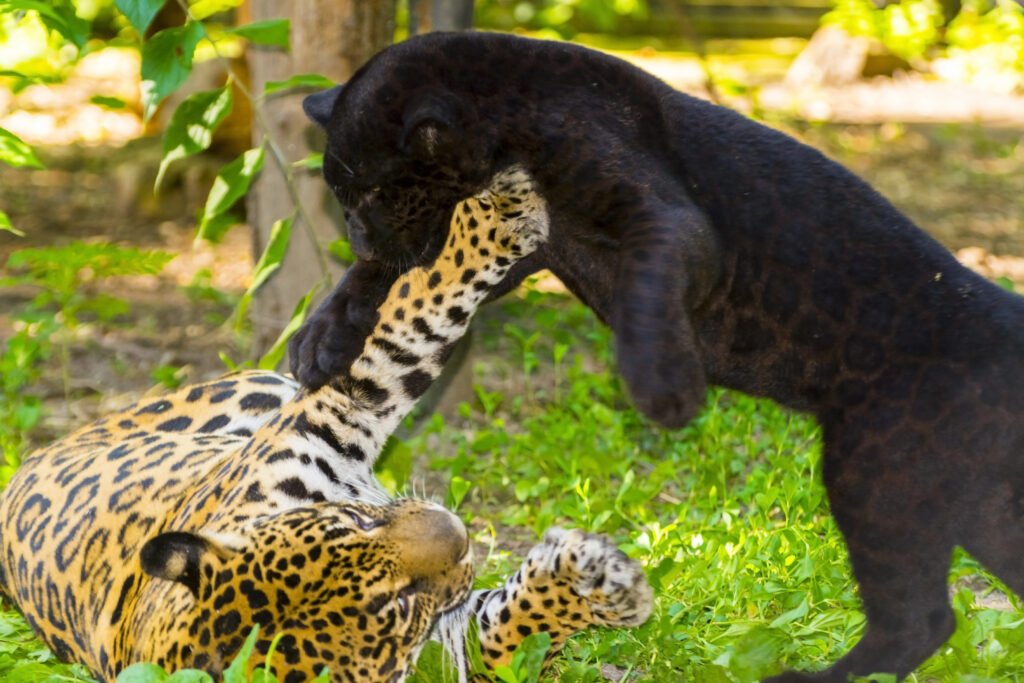
Both leopards and jaguars have evolved with physical attributes that aid them in climbing. Leopards possess a slender, muscular build with long limbs, allowing them to leap with ease and agility. Their retractable claws provide an excellent grip on tree trunks and branches. Jaguars, though more robust and stocky, have similarly powerful muscles and claws. However, their heavier build can make prolonged climbing more energy-intensive compared to leopards.
Leopard Climbing Techniques
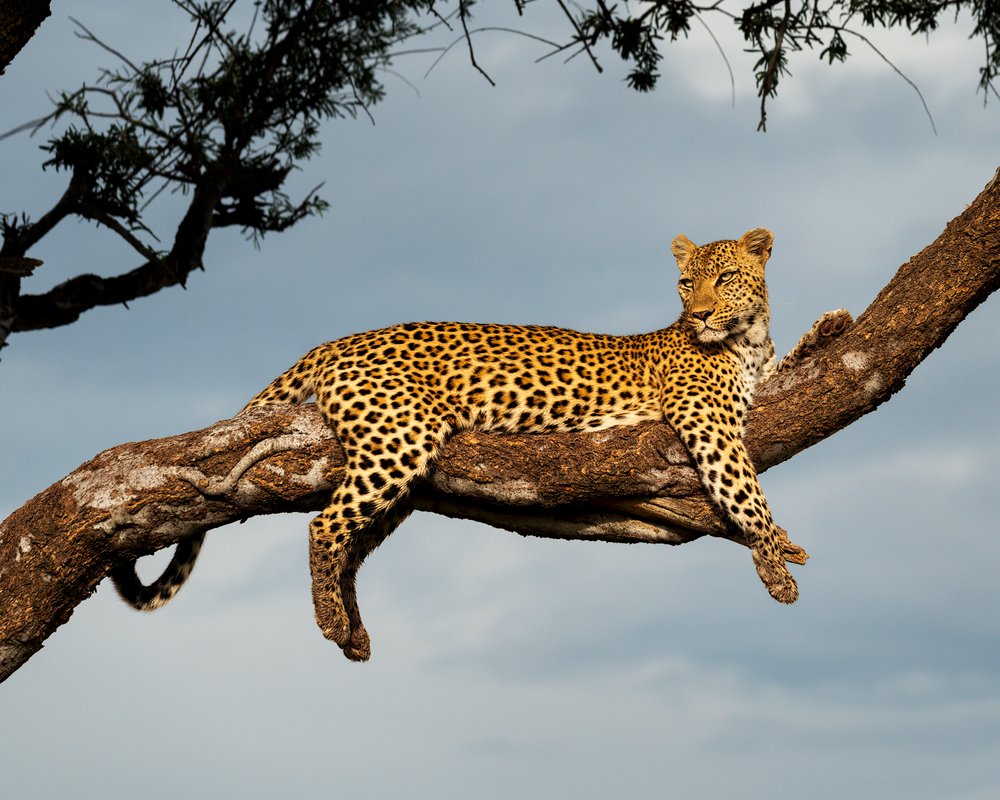
Leopards are perhaps the most skilled climbers among the big cats. They effortlessly ascend trees to escape predators, rest, or protect their kills from scavengers. With their exceptional balance and strong hind legs, leopards can leap vertically into the branches. They use their tails for balance, allowing them to navigate even the most precarious branches and dense foliage.
Jaguars and Their Climbing Abilities
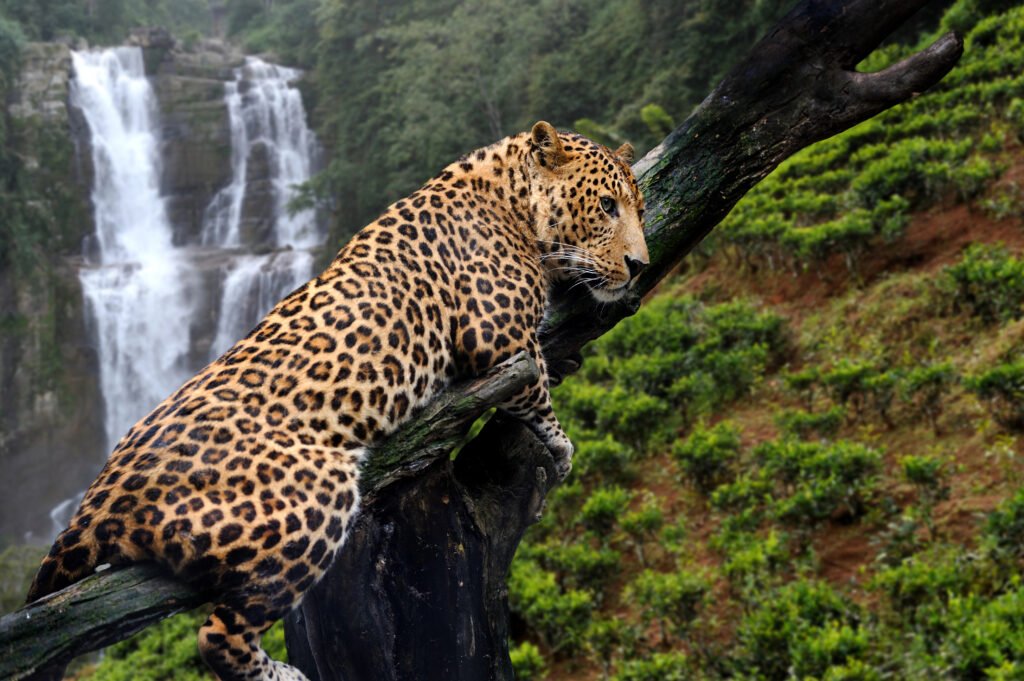
Jaguars, while not as agile as leopards, are competent climbers. Their climbing capabilities are not solely about speed or agility but rather strength. Jaguars are known to climb to reach prey, navigate flooded forests, and explore territories. Their heavier build means they may not climb as frequently as leopards, but they do so efficiently when necessary.
The Role of Climbing in Hunting Strategies
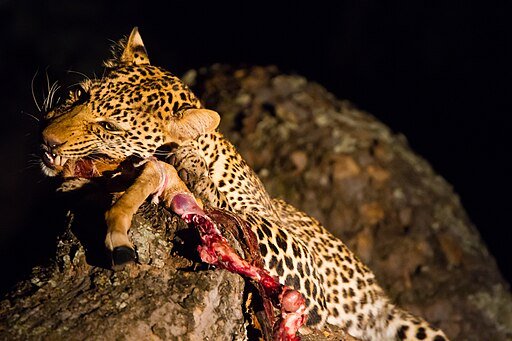
Climbing plays a critical role in the hunting strategies of both leopards and jaguars. Leopards often drag their kills into trees to prevent them from being scavenged by hyenas and lions. By storing food in the branches, they ensure a steady food supply. Jaguars typically rely on their power and stealth for hunting on land and in water but may resort to climbing for ambush techniques or when pursuing certain types of prey.
Climbing as a Defensive Strategy

Climbing offers a significant defensive advantage. For leopards, taking to the trees can be a vital escape from larger predators and confrontations. Jaguars, having fewer natural predators in their habitat, climb primarily to evade human threats or when younger jaguars seek refuge from dominant adults.
Adaptations to Arboreal Life
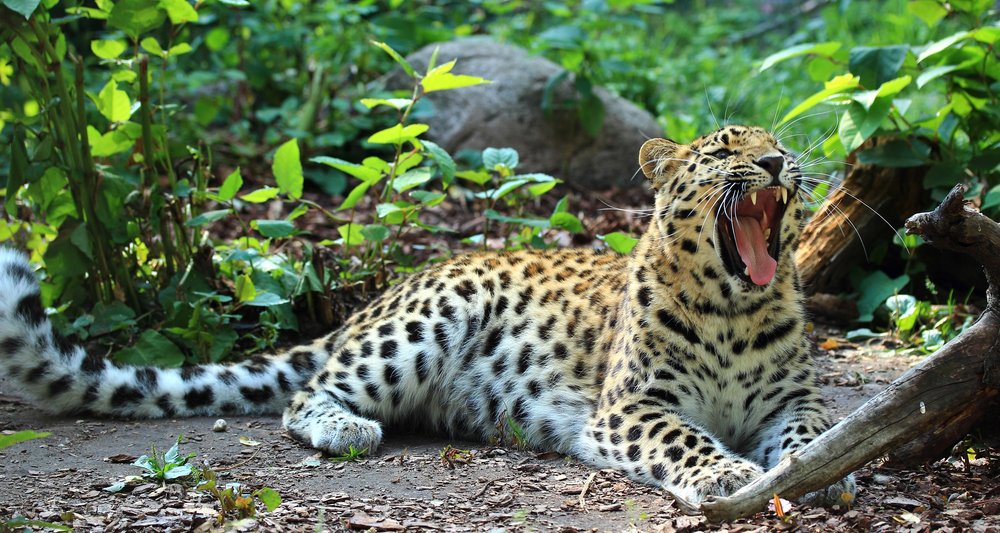
The anatomical and behavioral adaptations of leopards and jaguars reflect their arboreal tendencies. Leopards have a unique shoulder rotation that assists in climbing, while their strong jaw allows them to carry heavy prey up trees. Jaguars, with their strong physique, have the ability to leap to higher branches even with their weighty build.
The Role of Climbing in Territory and Mating
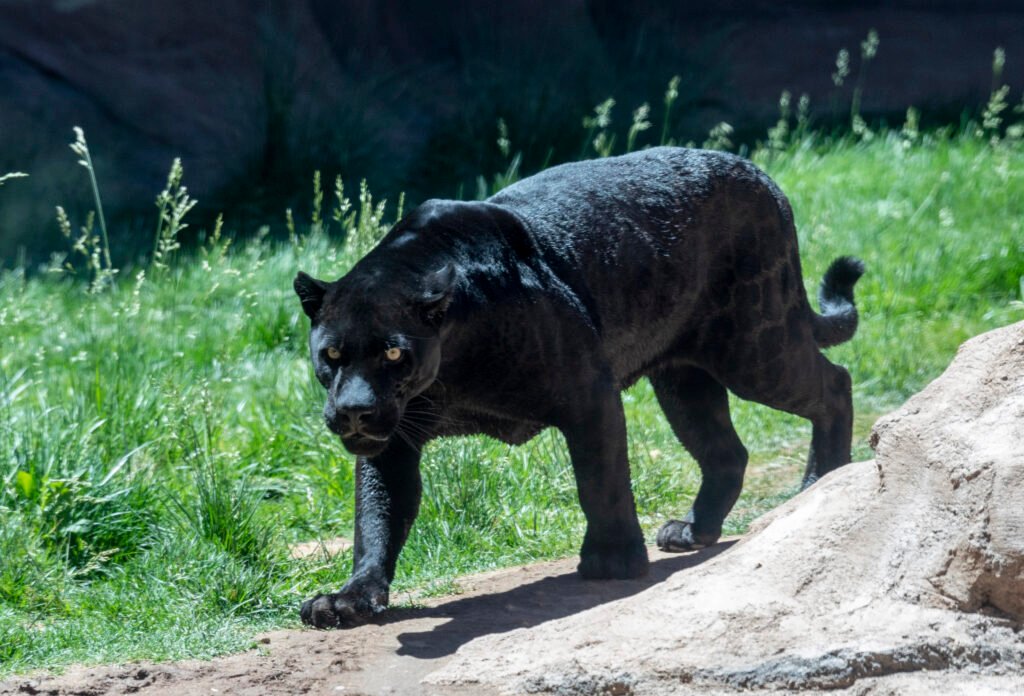
Trees serve as essential markers in the territories of both leopards and jaguars. Climbing can play a part in their territorial and mating displays, allowing these big cats to survey their realm and communicate with potential mates or rivals through scent marking and vocalizations from elevated positions.
Conclusion: Comparing the Master Climbers of the Jungle
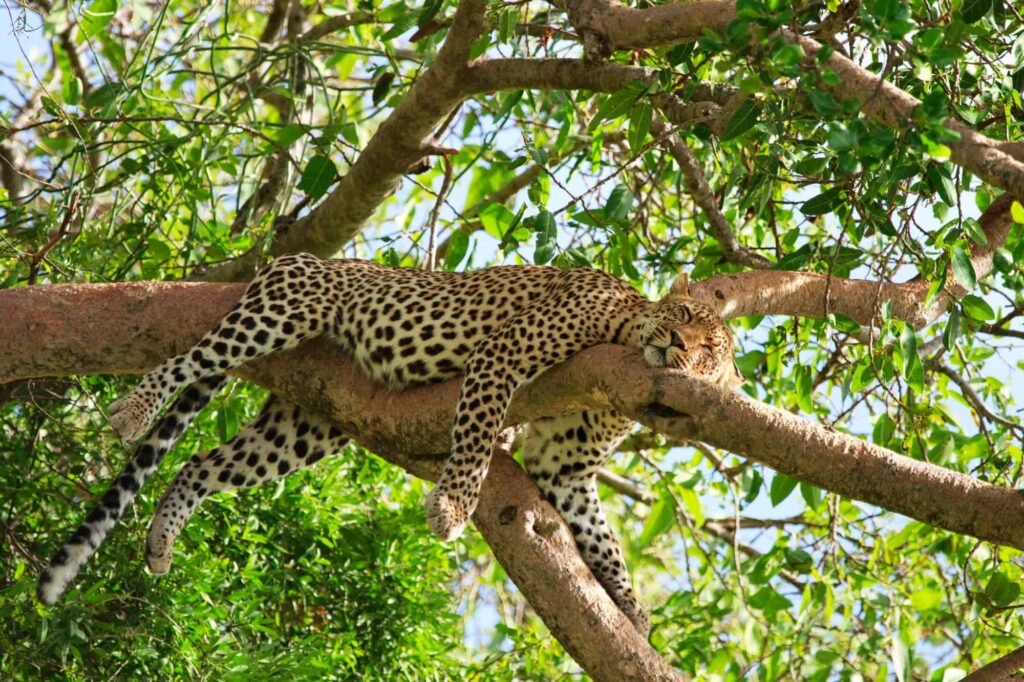
In examining the climbing abilities of leopards and jaguars, it is clear that both species have unique adaptations that suit their respective environments. Leopards excel in agility and frequency of climbing, whereas jaguars impress with their raw strength and versatility. Each cat’s climbing ability reflects its survival needs, offering a fascinating glimpse into the diversity of evolutionary strategies in the animal kingdom. These majestic creatures continue to captivate those who study them, and their climbing skills are just one of the many attributes that make them true masters of their domains.






